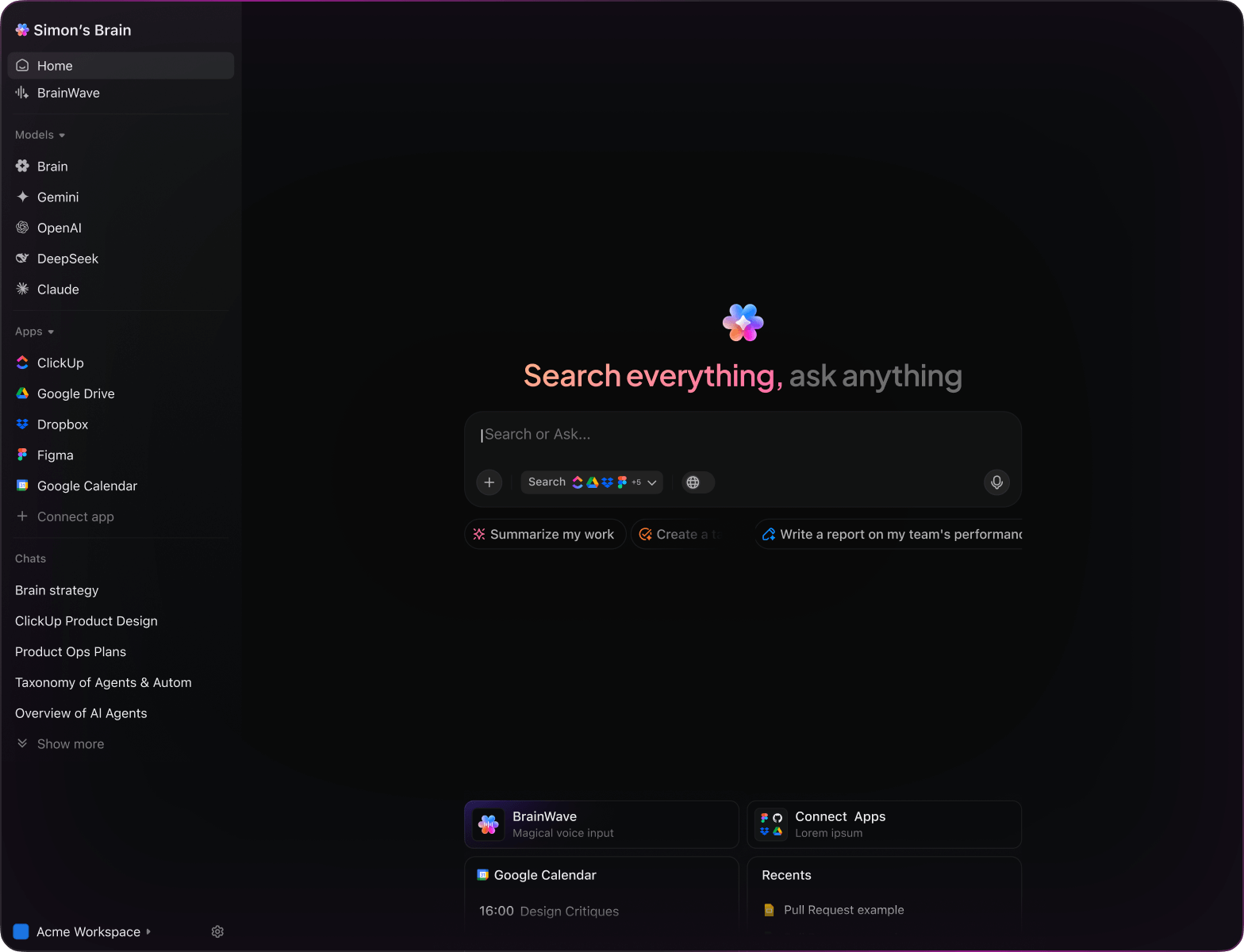AI Historical Document Analysis
Top AI Prompts for Historical Research
Unlock insights, organize archives, and elevate your historical studies with ClickUp Brain's intelligent assistance.
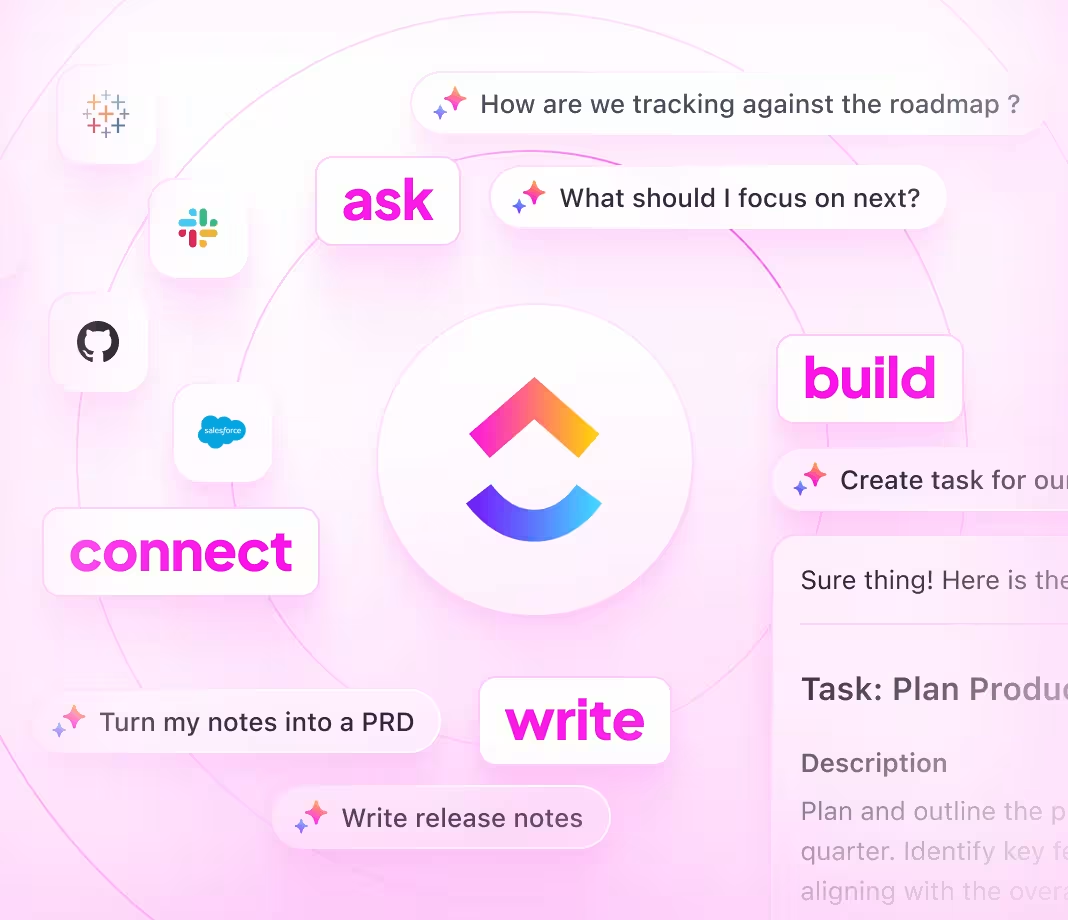
Trusted by the world’s leading businesses
AI in Historical Research
How AI Prompts Enhance Historical Document Analysis
Uncovering the past isn’t only about reading old texts—it’s about managing vast archives and complex information.
From transcription to contextual research, annotation, and cross-referencing, historical document analysis involves numerous detailed steps—and countless notes, sources, and deadlines. AI prompts are now key to simplifying this process.
Researchers rely on AI to:
- Quickly identify pertinent themes and historical connections
- Generate summaries, transcriptions, and metadata with ease
- Decode archaic language and summarize lengthy manuscripts
- Transform scattered notes into organized outlines, timelines, or research tasks
Integrated into familiar tools like documents, boards, and project trackers, AI in ClickUp Brain goes beyond assistance. It seamlessly converts your research inputs into clear, manageable actions.
ClickUp Brain Compared to Conventional Solutions
Why ClickUp Brain Stands Apart
Integrated, insightful, and instantly accessible—ClickUp Brain lets you focus on analysis, not setup.
Conventional AI Platforms
- Constantly toggling between apps to collect background
- Reiterating your objectives with every query
- Receiving generic, irrelevant feedback
- Hunting through multiple platforms for a single document
- Interacting with AI that only processes input passively
- Manually switching among different AI engines
- Merely another add-on in your browser
ClickUp Brain
- Deeply connected to your projects, notes, and team communications
- Retains your research context and objectives
- Provides detailed, context-driven insights
- Combines search across all your resources
- Supports hands-free input with voice commands
- Automatically selects the optimal AI model: GPT, Claude, Gemini
- Dedicated desktop app for Mac & Windows designed for efficiency
Prompts for Historical Document Analysis
15 Essential AI Prompts for Historical Document Analysis
Enhance your research—interpretation, comparison, and preservation simplified.

Identify 5 major themes in the ‘Civil War Letters Collection’ document.
ClickUp Brain Behavior: Analyzes text to highlight recurring motifs and historical contexts within the linked archive.

What are the prevailing linguistic patterns in 18th-century trade records from New England?
ClickUp Brain Behavior: Extracts and summarizes language usage trends from internal document sets; Brain Max can supplement with external historical corpora if accessible.

Draft a research summary on medieval manuscript illumination techniques referencing ‘Manuscript Studies Vol. 3’ and curator notes.
ClickUp Brain Behavior: Gathers pertinent details from linked sources to produce a concise, structured overview for academic use.

Compare economic data from ‘Industrial Revolution Reports’ between Britain and France.
ClickUp Brain Behavior: Retrieves and condenses quantitative and qualitative information from internal files to present a clear comparative analysis.

List key preservation materials used in 19th-century document conservation, citing lab reports and archival guidelines.
ClickUp Brain Behavior: Scans documents to identify common substances and their effectiveness as noted in research and practice.

From the ‘Archival Digitization Protocol’ doc, generate a step-by-step checklist for scanning fragile documents.
ClickUp Brain Behavior: Extracts procedural elements and formats them into an actionable task list or documentation.

Summarize 3 emerging trends in digital paleography from recent conference proceedings and journal articles.
ClickUp Brain Behavior: Identifies and compiles recurring themes and innovations from linked scholarly resources.

From the ‘Historical Linguistics Survey 2023’ doc, summarize key findings on dialect evolution in early American English.
ClickUp Brain Behavior: Processes survey data to highlight significant linguistic shifts and patterns reported.

Compose clear, engaging exhibit labels for a collection of 17th-century maps using the tone guide in ‘MuseumStyle.pdf’.
ClickUp Brain Behavior: Adapts style guidelines from the document to generate concise, audience-friendly text for display purposes.

Outline recent changes in archival access policies and their implications for researchers, based on ‘Access Guidelines 2024’.
ClickUp Brain Behavior: Summarizes policy documents and highlights key points affecting document handling and availability.

Generate metadata standards for cataloging 18th-century diaries, referencing institutional guidelines stored in our workspace.
ClickUp Brain Behavior: Extracts classification rules and formatting instructions to create a comprehensive metadata checklist.

Create a condition assessment checklist for fragile parchment documents using conservation manuals and case studies.
ClickUp Brain Behavior: Identifies evaluation criteria and organizes them into a structured checklist for preservation teams.

Compare digitization techniques used by major archives for rare book collections, referencing internal reports and vendor documentation.
ClickUp Brain Behavior: Summarizes comparative data into an accessible format highlighting pros and cons of each method.

What are the latest interpretative approaches to colonial-era legal documents since 2022?
ClickUp Brain Behavior: Synthesizes recent academic papers and internal research notes to outline current methodologies and perspectives.

Summarize user feedback on the usability of our digital archive interface from the ‘User Experience Reports’ folder.
ClickUp Brain Behavior: Extracts and prioritizes comments and suggestions from surveys, support tickets, and feedback forms.
Analyze History More Effectively with ClickUp Brain
Cut down on repetitive tasks, unify your research team, and produce deeper insights using AI-driven workflows tailored for historical documents.





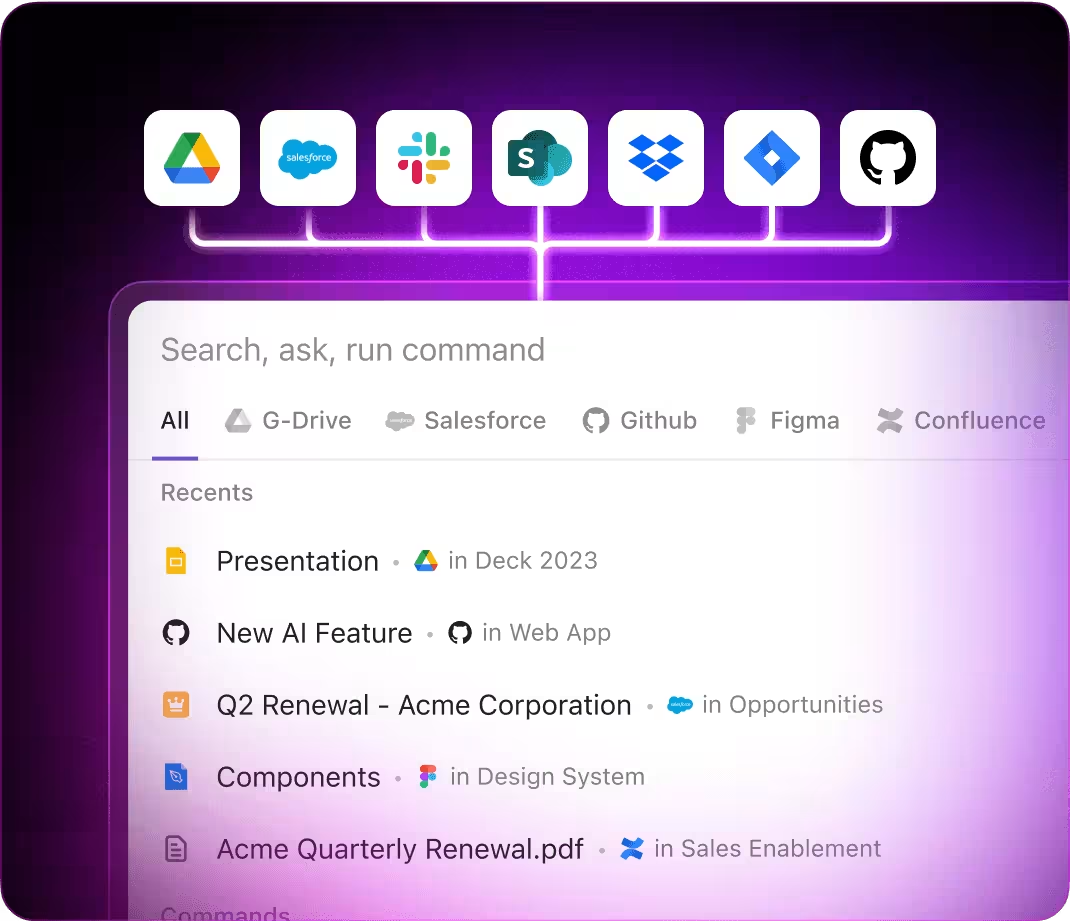
Harnessing ClickUp Brain for Historical Document Insights
Discover how AI tools like ChatGPT, Gemini, Perplexity, and ClickUp Brain enhance historical document analysis workflows
ChatGPT Prompts for Historical Analysis
- Summarize these 18th-century letters into a concise report highlighting key political events.
- Draft a narrative describing the social context of a 1920s diary entry focusing on cultural shifts.
- Generate 3 thematic interpretations of a Civil War-era speech and explain their historical significance.
- Outline a step-by-step research plan for analyzing trade records from the 1700s.
- Compare last 3 archival documents and summarize recurring themes for a historical thesis.
Gemini Prompts for Document Interpretation
- Generate 3 alternative translations of a medieval manuscript excerpt emphasizing linguistic nuances.
- List innovative approaches to digitizing fragile historical texts with preservation in mind.
- Produce a descriptive mood board for a Victorian-era letter collection highlighting handwriting styles and paper textures.
- Suggest organizational methods for cataloging 19th-century census data and rank them by accessibility.
- Create a comparison table for three historical archives focusing on document types, condition, and research value.
Perplexity Prompts for Historical Context
- List 5 primary sources on the Industrial Revolution and rank them by reliability.
- Provide a comparison of preservation techniques for ancient manuscripts, highlighting effectiveness and cost.
- Summarize global trends in archival digitization and their impact on research accessibility.
- Generate a list of 5 innovative annotation methods for historical documents and rank by usability.
- Compare past historical document analyses and summarize key methodological lessons for future studies.
ClickUp Brain Prompts for Workflow Management
- Transform this historian’s notes into clear research tasks with deadlines and responsible team members.
- Summarize findings from archival meetings and create follow-up action items with assigned owners.
- Analyze annotated historical maps and generate a checklist for further verification and cross-referencing.
- Develop a task list from this interdisciplinary discussion on document preservation strategies, prioritizing urgent actions.
- Summarize interview transcripts with archivists and create actionable tasks for digitization and metadata updates in ClickUp.
Why Choose ClickUp
Transform Raw Notes into Clear Plans
- Convert scattered annotations into polished research summaries swiftly.
- Generate new perspectives by analyzing previous document findings.
- Develop adaptable templates that accelerate each analysis cycle.
Brain Max Boost: Quickly access historical documents, annotations, and team comments to fuel your upcoming research projects.
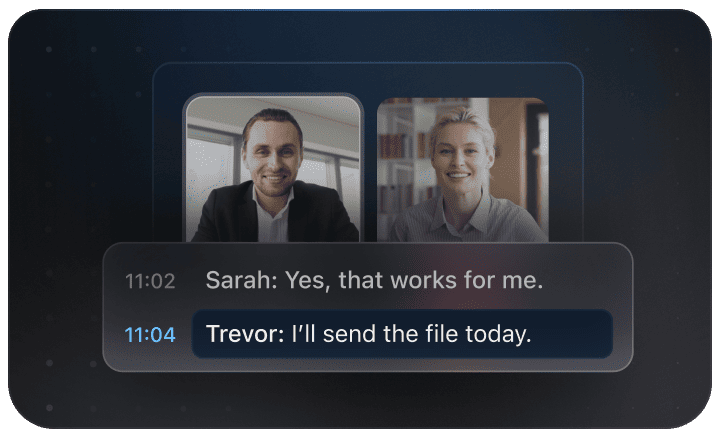
Why Choose ClickUp
Accelerate Historical Document Analysis
- Break down dense archives into manageable insights.
- Transform research notes into organized, actionable tasks.
- Automatically compile summaries and analysis reports without extra effort.
Brain Max Boost: Instantly access previous document interpretations, source comparisons, or annotation histories across your research projects.
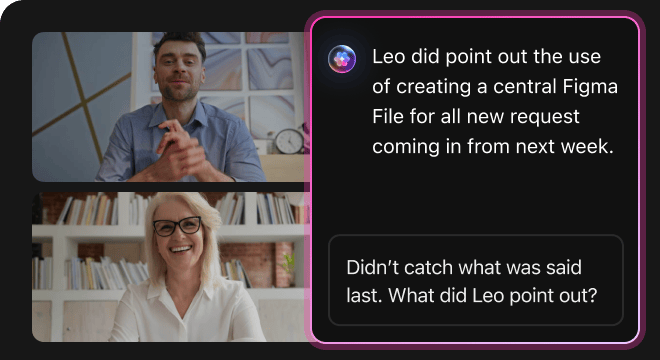
AI Advantages
How AI Prompts Enhance Every Phase of Historical Document Analysis
AI prompts accelerate insights and reveal deeper understanding of historical texts.
Produce Insightful Interpretations Quickly
Researchers explore diverse perspectives swiftly, refine analysis, and overcome interpretive roadblocks.
Improve Analytical Accuracy
Enhance critical evaluations, reduce errors, and produce findings that resonate with scholars and archivists alike.
Identify Errors Early in the Process
Prevents costly misinterpretations, raises research quality, and shortens review cycles.
Align Teams with Unified Understanding
Strengthens collaboration, prevents conflicting conclusions, and accelerates consensus among historians, linguists, and archivists.
Drive Innovative Historical Insights
Inspires fresh hypotheses, uncovers hidden connections, and advances historical scholarship.
Integrated AI Support Within ClickUp
Transforms AI-generated insights into actionable research tasks and project milestones.
Speed Up Your Historical Research
Minimize mistakes, simplify collaboration, and generate insightful analyses with AI support.





